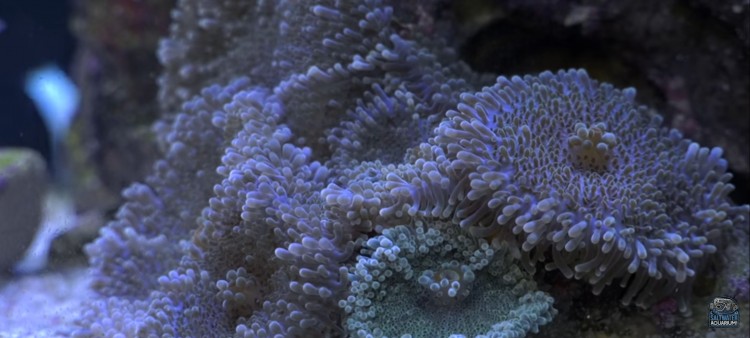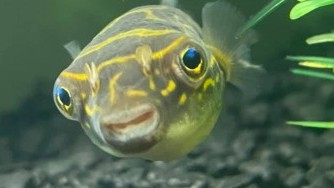Reef Aquarium Went Wrong- What is Wrong With Your Reef Tank?
- Aug 22, 2021
- Anshika Mishra
- 227 0 0

Keeping a saltwater aquarium is a delightful and rewarding hobby, but you'll also be hitting some bumps in the road with your tanks. Every tank has its ups and downs, especially reef tanks. When you do hit some downtime in your tank, there are some specific steps to take that will help you weather that storm. In this article, you will learn how to minimize that downtime.
But before we get there, how do you know when things are going wrong in your reef tank. In this article, we will be focusing on soft corals.
When your soft corals are not happy, you can tell because:
- They die and disappear
- They don't open up: This is common in Zoas
- They shrink: this is more common with the mushrooms, they will still open up, but the corals will get smaller and smaller in size.
When the soft corals in your tank don't look happy, don't simply throw a towel. Ups and downs come with every hobby, and in the case of reef tanks, you are dealing with live organisms. One difference between good reef keepers and average reef keepers is how they weather the storm.
The average reef keeper ignores the tank, or they toss in the towel when time gets tough. However, great reef keepers work with the problem, attack head-on, and then restore their tanks to one again, becoming thriving. Once you decide that you are not going to throw in the towel, which is a great decision, here is what to do:
Look for Pest
It is an easy check that you can do from the outside of your tank, just put your eyes on the tank, and look for these common pests. For the soft coral reef tank, the pest to be more concerned about is red Planaria. Red planaria don't destroy your corals, and they will annoy the coral such that polyps don't come out.
They can be easily removed by dipping the coral in a coral dip. If you have got pest on Zoas, then remove the nudibranch, then dip the coral. Note that fish can also be a pest to your coral. So, if you see a fish-eating coral in your tank, you have got an answer to your coral problem.
Water Chemistry
Run your wanted test and compare your water results to these guidelines for the soft coral budget reef tank:
- Alkalinity: 7-10 dKH
- Nitrates: 0-10 ppm
- Phosphates: 0-0.1 ppm
Remember that hitting these exact numbers isn't the point. As long as you are close to the values, that's okay. But, of course, you also want to compare your test results to the trends in your tank.
Test and write down your test results!
What's Changed?
If you don't see any test results out of the ordinary, the next question to ask yourself is what's changing your tank.
- Have you added new gear?
- Remove existing gear?
- Changes setting on existing gear?
- Added a new fish or coral?
- Have you changes your routine with your tank?
You are on a hunt for something different, as that may that thrown things off in your tank. If your water test results aren't out of the ordinary, and nothing changes in terms of your tank routine. The next thing for your to-do is to set up an ICP test.
An ICP test uses lab-grade equipment, and they can test for many more things so that you can test with your test kits. For example, they can let you know if there I some unwanted heavy metals in your tank's water, as well as high or low levels of other elements.
All you need to do is grab yourself an ICP test, create an account on the website, send off your water sample, and then wait for the results. The ICP test also reports that their reading is above or below accepted values, so you can know if there is a chemistry issue in your tank.
Poly Filter
Is everything checking out? You can try adding Poly Filter in your aquarium, as it will absorb contaminants and other toxic material, and you are running one can't hurt. They will even change color in particular, like copper or in your water.
Keep Searching!
One of the most humbling, sometimes frustrating facts about reef tanks is while nothing appears to have changes on your tank, all of a sudden, your tank will start not doing well. This is because your water parameters appear to be the same, yet the corals in your tank don't look good.
Then you add that sometimes you don't find a single source for what causes problems in your tank. It's likely not one thing that causes the issues, and it is multiple things coming together.





About author